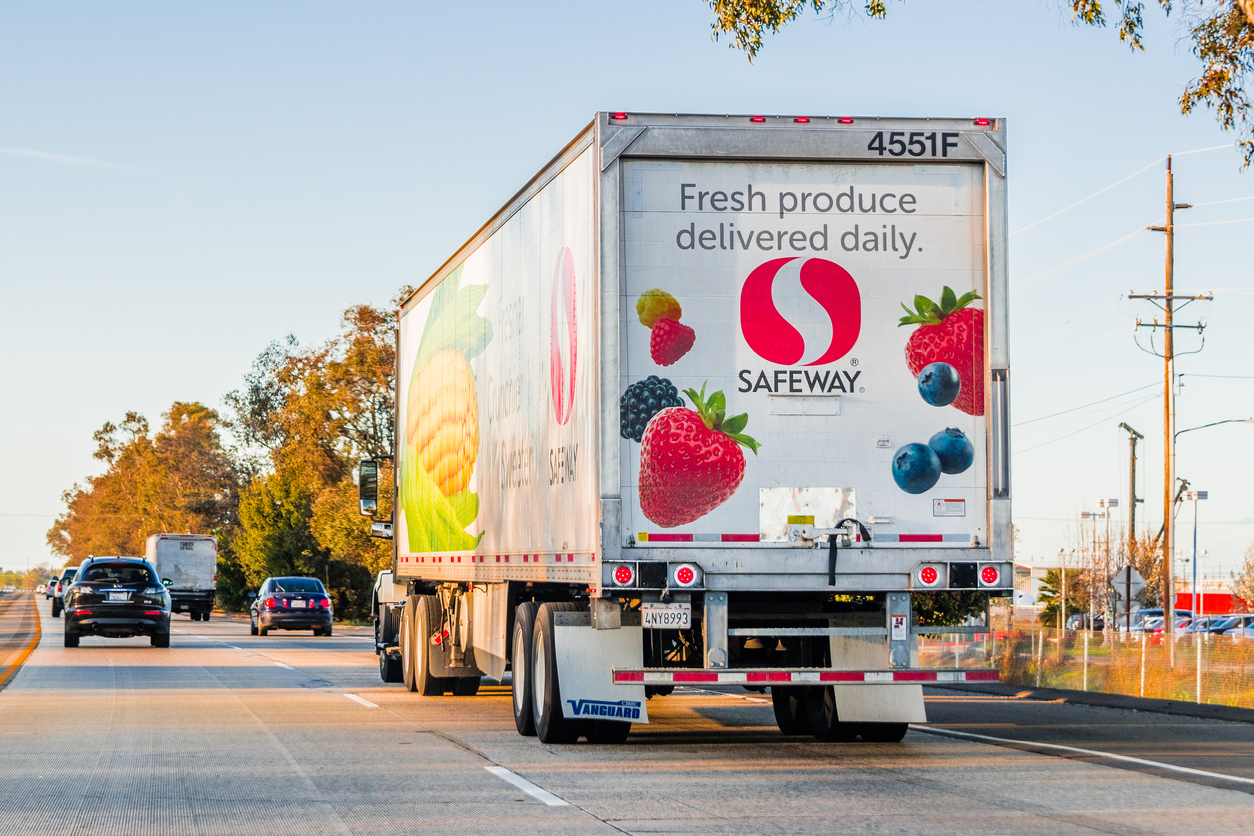
Canada posted a $2.5 billion merchandise trade surplus in March of 2022 according to numbers released by Statistics Canada on May 4.1 Both imports and exports reached record levels.
Imports jumped by 7.7%, building on gains of 4.8% a month earlier, while exports increased by 6.3%, with energy products representing more than half of the increase. The $2.5 billion surplus was down from February’s $3.1 billion mark.
Imports Increase in 9 of 11 Categories
The 7.7% increase in total imports is the result of increases in 9 product categories, with 8 of those posting increases of $100 million or more.
Energy imports rose dramatically, up 26.3%, with crude oil and bitumen (+39.9%) increasing in both import volumes and prices. Energy prices were destabilized by Russian aggression in Ukraine and the resulting sanctions.
Imports of consumer goods rose 6.5% in March, with clothing, footwear and accessories leading the way (+15.9%). Motor vehicle and parts imports also gained for a second straight month, as supply chain issues eased and North American production ramped up.
Marked gains were also seen in other import categories, including industrial machinery, equipment and parts (+8.8%), basic and industrial chemical plastic and rubber products (+8.8%), and aircraft and other transportation equipment and parts (+24.6%).
Record Exports Largely the Result of Higher Prices
Canada’s total exports reached a record high of $63.6 billion in March, up nearly $4 billion from the previous record set a month earlier. While the gains represent an increase of 6.3%, the real (or volume) increases were a more modest 1.1%
Energy products exports were up 12.8%, setting a new surplus mark of $17.9 billion. Energy products made up 28.2% of total exports, up substantially from a year earlier when they accounted for 18.3% of total exports. Exports of crude oil were up 14.8%. Again, market price volatility was a major factor, owing largely to the conflict in Ukraine.
Motor vehicle and parts exports climbed by 7.9% in March, while exports of metal ores and non-metallic minerals increased by 19.4% to a record $2.9 billion. Demand for Canadian fertilizer has also increased as a result of sanctions against Russia. Exports of iron ores were up 21%, ending a streak of three months of lows.
Record Surplus with United States, Record Deficit with Other Countries
Canada’s trade surplus with the US reached a record $12.6 billion in March, while the deficit with other countries also set a new benchmark of $10.1 billion. Trade of energy products and motor vehicles and parts were up with the US. Imports from China jumped by 29.4%, with computers and cell phones, industrial machinery, and consumer goods the largest factors.
Overall Canada’s imports and exports increased in the first quarter of 2022, the seventh consecutive such quarter.
Strategic Buying
Despite rising import and export levels, supply chain issues continue to pose a threat to business as usual.
“I think that the organizations who have a strong understanding of their customers’ purchasing requirements are shrewd enough to know what to buy and when to buy it,” says William McKinnon, President of Canadian Alliance.2
With supply chain uncertainty being the new normal, many have moved to a just-in-case inventory model, as opposed to just-in-time. McKinnon believes that the confidence provided by prudent inventory management is worth the additional expenses.
“Some of our customers still buy speculatively, while others buy strategically,” he says. “We’re having discussions with our clients about optimizing the space they have with us in order to increase their sales profile.”
Transportation Rate Increases
McKinnon reports that domestic and LTL carriers are beginning to respond to financial pressure by introducing price increases.
“We may have had a one-year contract for a certain rate and now midyear they’re going to increase the rate again, because they’re having challenges from a cost perspective,” McKinnon says.
He believes that the current employee’s job market will continue to put upward pressure on driver salaries, and thus transportation costs.
“These local guys who are driving 18 wheel, 53 foot trailers should probably be getting paid $40/hour, but they’re not,” William says.
“If interest rates move up a couple more points over the next year or so, then certainly the capital cost will increase, and that will be factored in as well.”
Supply Chain Recovery, or PR Hype?
Recently Cheng Cheng-mount, Chairman of Taiwan-based shipping juggernaut Yang Ming Marine, stated that he believes that the supply chain crunch has turned a corner. McKinnon is wary of such claims.
“I suspect that this is part of a PR effort to try and neutralize some of the pressures that have come from quasi-regulators and governments in the Western world,” he says.
Shippers have come under scrutiny for what many feel are unjustifiable price increases during the pandemic. “These shipping lines had horrific losses for many, many years, but today they’re rallying around a much more fluid financial model,” says McKinnon. “How do you stop it? Are organizations like Amazon and Wal Mart going to put their own ships out there? There’s talk of it.”
“Are organizations like Amazon and Wal Mart going to put their own ships out there?”
McKinnon believes that rail organizations have optimized supply and demand to their own benefit as well.
“The rail sector is operating very similarly to what has happened in the ocean side of things,” he says. “Effectively they operate as an oligopoly. They’ve been very good across North America in keeping capacity slightly below demand in order to keep pricing up. I don’t see that changing.”
Cited Sources
1 Government of Canada, Statistics Canada. “Canadian International Merchandise Trade, March 2022.” The Daily – , May 4, 2022. https://www150.statcan.gc.ca/n1/daily-quotidien/220504/dq220504a-eng.htm.
2 Personal communication with William McKinnon.
